Every year, more than 20,000 children visit emergency rooms across the country due to carbon monoxide poisoning, and children ages four and younger are the most likely to be seen in the emergency room.
Since the majority of carbon monoxide exposures occur during the winter months when families are using fuel-powered devices to heat their homes, we’ve gathered some tips on how to protect your kids against what’s often referred to as “the silent killer.”
What is carbon monoxide?
Carbon monoxide is an odorless, tasteless and colorless gas that is poisonous to humans in enclosed or partially-enclosed spaces. It can cause illness and even death.
Carbon monoxide is found in combustion fumes such as those produced by the exhaust from a car, a small gas engine, gas ovens, household appliances, lanterns, charcoal or wood-burning grills and even poorly vented chimneys.
How does carbon monoxide work?
According to the Centers for Disease and Prevention (CDC), red blood cells pick up carbon monoxide quicker than they pick up oxygen. If there is a lot of carbon monoxide in the air, the body may replace oxygen in the blood with carbon monoxide, which can block oxygen from getting into the body.
Know the symptoms
The most common symptoms of carbon monoxide poisoning are headache, dizziness, vomiting, nausea, chest pain and confusion. High levels of carbon monoxide can also cause loss of consciousness and even death.
Since the common symptoms of carbon monoxide poisoning are similar to those of other illnesses such as the flu or food poisoning, it can be hard to detect and potentially fatal.
While all people are at risk for carbon monoxide poisoning, the CDC states that certain groups – unborn babies, infants and people with chronic heart disease, anemia or respiratory problems – are more susceptible to its effects.
Sounding the alarm
If your carbon monoxide detector/alarm goes off, you should get everybody out of the house immediately. If no one is experiencing symptoms of poisoning, parents should open the windows to ventilate the home with fresh air and turn off any potential sources of carbon monoxide. However, if a child or multiple family members are experiencing similar symptoms, you should call 911 and tell the physician at the hospital you suspect your symptoms are from carbon monoxide poisoning.
Treatment for carbon monoxide poisoning
To treat carbon monoxide poisoning, children are administered oxygen, which helps push the carbon monoxide out of the red blood cells and restore oxygen back into the body.
In extreme cases, carbon monoxide poisoning may be treated with a hyperbaric chamber to speed up the removal of carbon monoxide from the blood stream. In fact, the hyperbaric chamber can provide high-pressure oxygen to multiple family members at one time, if needed.
Prevention is key
Take the following steps to protect your children from carbon monoxide poisoning:
- Have a professional inspect and service your furnace, fireplace and other fuel burning appliances each year.
- Install approved carbon monoxide detectors on each floor of your home, especially near sleeping areas. Remember to check that they are working properly every year.
- Keep portable generators outside and away from the home. Never bring generators inside a home, basement or garage.
- Immediately turn off vehicles when parking in the garage because fumes can leak into the home. Never let a vehicle run in the garage with the garage door shut. Keep all vehicle keys out of reach of children to prevent them from turning on a car in the garage.
- Never use a barbecue grill or camping stove inside the home or garage.
- Never use a natural gas oven to heat a home, even for a short time.
- Never patch up vents.
- If staying at an unfamiliar place such as a lodge, make sure vents are working properly prior to using the fireplace.
Know the symptoms of carbon monoxide poisoning and do not ignore them!
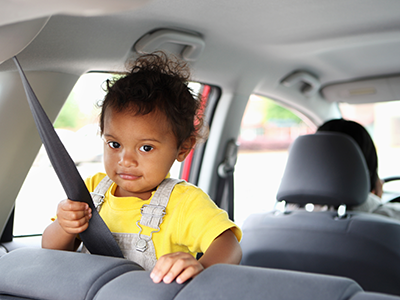 https://riseandshine.childrensnational.org/wp-content/uploads/2018/07/little-girl-sitting-in-car-feature.png
300
400
Rise and Shine
https://riseandshine.childrensnational.org/wp-content/uploads/2017/11/childrens_riseandshine_logo.jpg
Rise and Shine2024-05-06 07:00:082024-05-06 10:51:42Preventing heatstroke in cars
https://riseandshine.childrensnational.org/wp-content/uploads/2018/07/little-girl-sitting-in-car-feature.png
300
400
Rise and Shine
https://riseandshine.childrensnational.org/wp-content/uploads/2017/11/childrens_riseandshine_logo.jpg
Rise and Shine2024-05-06 07:00:082024-05-06 10:51:42Preventing heatstroke in cars



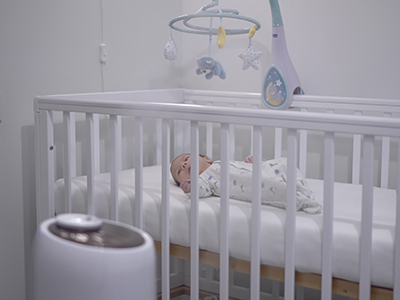
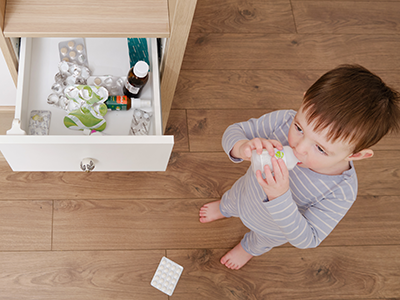
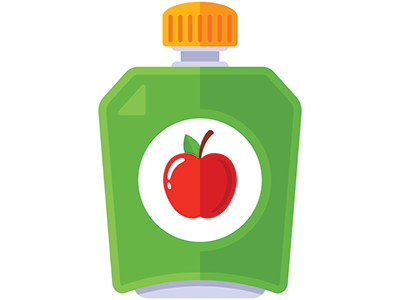
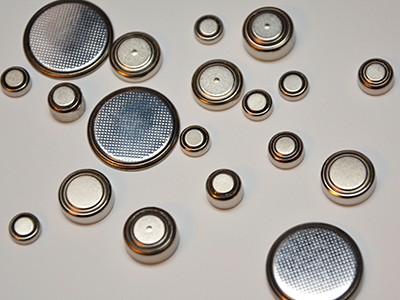
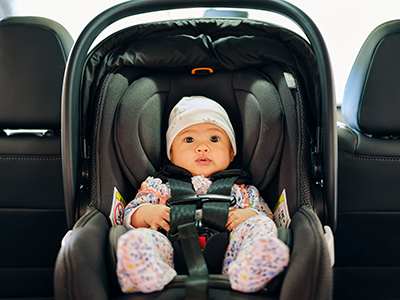
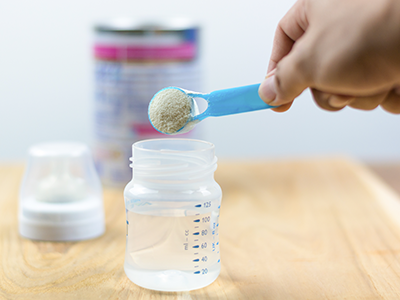
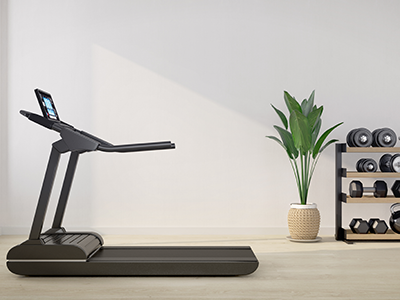

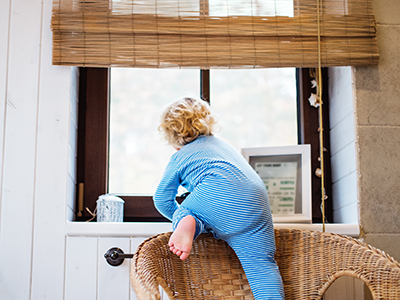

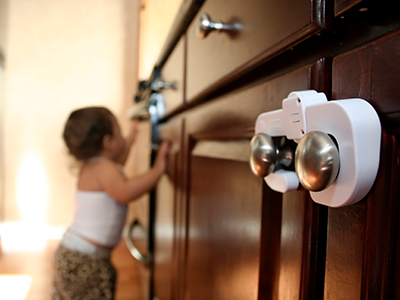
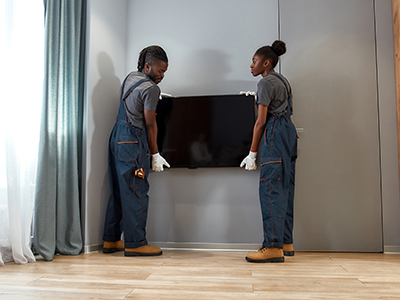
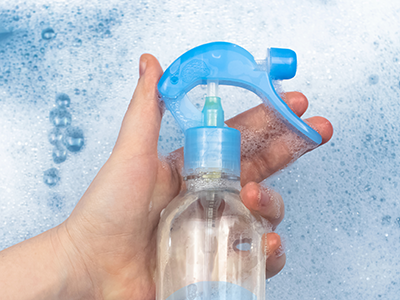
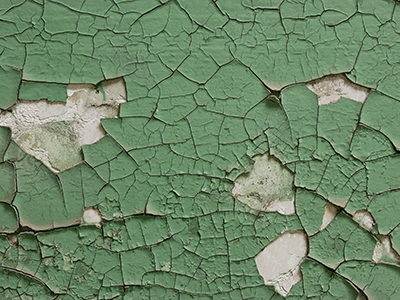
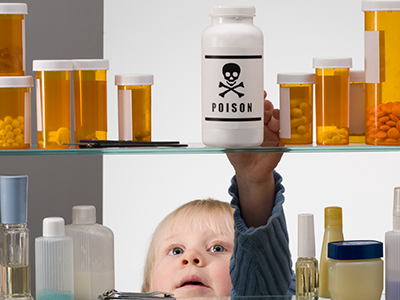
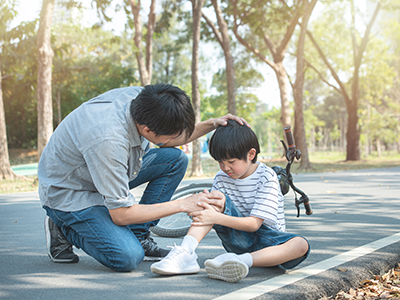
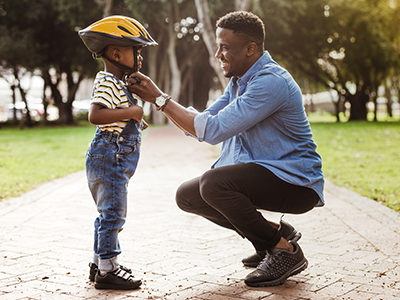
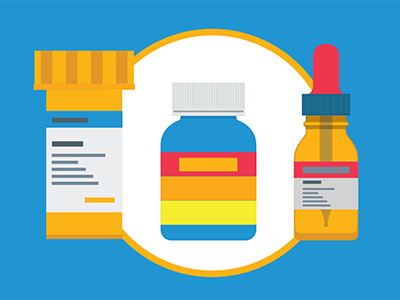
Leave a Comment
Want to join the discussion?Feel free to contribute!